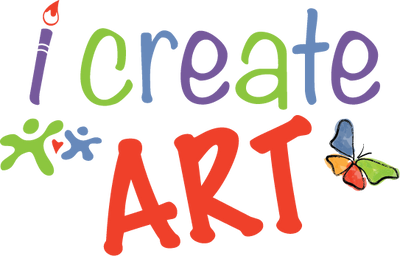The Difference Between Warm And Cool Colors.
Every artist needs to know the elements that make up a painting and how to use them. Learning about warm & cool colors and how to use them in drawing is a beginning step for any artist. The color wheel is a great basic tool for this. It's used to organize colors and the emotions they evoke into three categories: warm, cool, and neutral.
An understanding of color theory is essential for every serious artist. For example, if you want a different contrast, try and mix light color to create a shade effect. Artists can learn the difference between warm and cool colors with this article.
1. What are warm and cool colors?
Warm colors are red, orange and yellow. Cool colors are green, blue and purple. Visually, warm colors, especially red, tend to come forward in art while cool colors typically retreat.
2. Warm: Yellows, Oranges, Reds, & Browns
Warm colors are associated with love, happiness, anger and high levels of activity.
3. Cool: Blues, Purples, Greens & Blacks
Cool colors typically suggest calmness, relaxation, mystery, sadness, and melancholy
4. How to use warm and cool colors in art!
Color is the simplest and most effective way to make a work of art better. Color can be used in any art form, but it's especially effective in black and white drawings. Here color of the objects (or none) can add a whole new dimension to a piece. The human eye sees and perceives objects. It’s how we digest, process and understand what’s in front of us. Color is an integral part of art because it can be used to enhance the way we view a images. They can change and influence our moods and emotions.
Watch how to use a color wheel and other I Create Art tutorials here.
Tip #1. Use complementary colors
Complementary colors are colors directly opposite each other on the color wheel. These colors look great together, and they will stand out from one another. Complementary colors are great for painting shadows.
Tip #2. Use analogous colors
Analogous colors are colors that are near each other on the color wheel. They work great for blending colors together.
Another idea is to use more than one color in your work & use complementary colors together. Experiment on scratch paper first (not on your actual drawing) to find colors that you like and are appealing to your drawing.
5. Conclusion
The colors you include in a piece of art can have a big impact on the overall mood and feeling. Whether you are looking to express joy, peace, or even sadness, knowing how to use warm and cool colors is essential. Try these art kits to help you explore the subtle differences between these two color categories. Color Theory & Hedgehog Abstract & DegasLighthouse & Tree Silhouette.
Watch how to use a color wheel and other I Create Art tutorials here.
Contact us if you have any questions on this art education topic!

